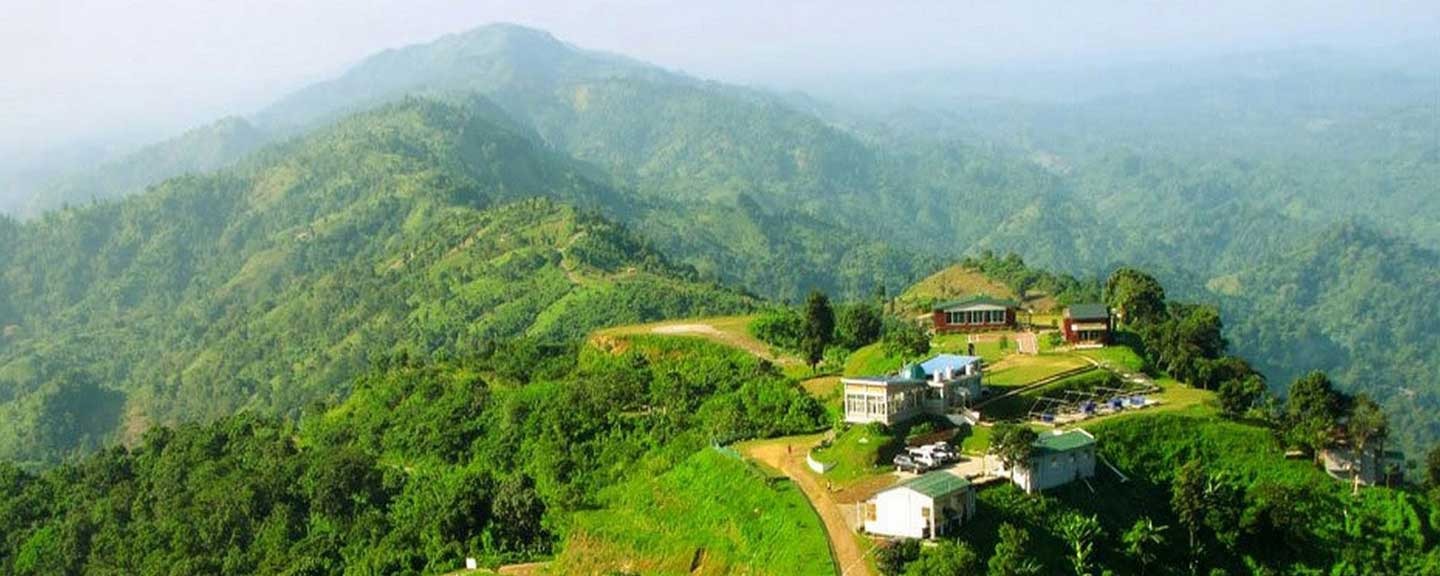The Cultural heritage of Bangladesh is a vibrant and diverse tapestry that reflects the soul of the nation. Deeply rooted in its long and complex history, the Cultural heritage of Bangladesh includes a rich collection of traditional art forms, folk music, classical styles, and regional expressions. From the colorful brushstrokes of rural artisans to the melodious rhythms of Baul singers, the Cultural heritage of Bangladesh thrives in every village, town, and city. This enduring legacy of creativity and expression makes the Cultural heritage of Bangladesh an essential part of the country’s identity. The Cultural heritage of Bangladesh in art and music has evolved over centuries through the influence of Buddhism, Hinduism, Islam, and colonial rule. Each era contributed to the development of unique styles and forms, shaping the Cultural heritage of Bangladesh into a rich mosaic. Today, the Cultural heritage of Bangladesh continues to influence contemporary artists and musicians, keeping traditional forms alive while inspiring innovation. Preserving the Cultural heritage of Bangladesh is vital for maintaining the country’s cultural identity, educating younger generations, and strengthening social unity. The Cultural heritage of Bangladesh also plays a significant role in international cultural diplomacy, promoting Bangladesh on the global stage. Recognizing the importance of the Cultural heritage of Bangladesh, efforts are being made to document, preserve, and promote it for future generations.
Traditional Art Forms in the Cultural Heritage of Bangladesh
The Cultural heritage of Bangladesh includes a rich tradition of visual arts that dates back to ancient times. Traditional painting, pottery, and crafts have long been practiced by rural artisans, reflecting daily life, folklore, and religious stories. One of the most iconic forms is Nakshi Kantha—colorful embroidered quilts made by village women, passed down through generations. This handmade textile art is a shining example of how the Cultural heritage of Bangladesh preserves emotion, memory, and creativity through fabric.
Folk painting, especially in regions like Jamalpur and Rajshahi, often features scenes from epics like the Ramayana or the life of rural farmers. The use of natural dyes, simple tools, and recycled materials highlights the sustainable nature of traditional crafts, a unique aspect of the Cultural heritage of Bangladesh. Clay pottery and terracotta works also remain integral, especially in Hindu rituals and festivals, adding another layer to the artistic dimension of the Cultural heritage of Bangladesh.
Music as a Living Legacy of the Cultural Heritage of Bangladesh
Music is a soul-stirring component of the Cultural heritage of Bangladesh. Folk traditions such as Baul, Bhatiali, Bhawaiya, and Jari reflect the hopes, sorrows, and joys of the people. These styles often feature simple instruments like the ektara, dotara, dhol, and flute. Baul music, in particular, is not just a genre—it is a spiritual movement. With lyrics inspired by mysticism and a lifestyle that embraces love and equality, Baul singers are treasured carriers of the Cultural heritage of Bangladesh.
Classical music also plays a key role in the Cultural heritage of Bangladesh, with contributions from legendary figures like Ustad Alauddin Khan and Ustad Ayet Ali Khan. Their fusion of classical Indian ragas with local melodies has left a lasting legacy. Rabindra Sangeet and Nazrul Geeti, the songs written by Rabindranath Tagore and Kazi Nazrul Islam respectively, form the backbone of Bengali musical identity. Their lyrics and compositions remain emotionally powerful and are regularly performed on national occasions, embodying the intellectual and artistic excellence of the Cultural heritage of Bangladesh.
Evolving Expressions in Modern Times
While tradition remains strong, modern artists and musicians are continually reinterpreting the Cultural heritage of Bangladesh. Painters like Zainul Abedin and Quamrul Hassan revitalized folk themes and rural landscapes in their modern artworks. Similarly, contemporary musicians are blending traditional genres with modern instruments and global styles. This fusion not only makes the Cultural heritage of Bangladesh accessible to new audiences but also ensures its survival in a rapidly changing world.
Cultural festivals such as Pahela Baishakh (Bengali New Year), Dhaka Art Summit, and national music festivals are critical platforms for showcasing and celebrating the Cultural heritage of Bangladesh. These events attract local and international participants, keeping ancient traditions relevant and vibrant.
Role of Institutions and Communities
Preservation of the Cultural heritage of Bangladesh depends on collaboration between institutions, artists, and communities. Museums, academies, and universities play an essential role in documenting and teaching traditional art and music. The National Academy of Fine and Performing Arts (Bangladesh Shilpakala Academy) is a central organization dedicated to nurturing and promoting the Cultural heritage of Bangladesh.
Equally important are local initiatives and community-based efforts. Cultural clubs, rural schools, and NGOs often host workshops to teach children about their artistic roots. These efforts are key to ensuring that the Cultural heritage of Bangladesh remains a living and evolving tradition, rather than a forgotten relic.
Why Choose Us to Explore the Cultural Heritage of Bangladesh
We are passionate about promoting and preserving the Cultural heritage of Bangladesh through immersive experiences and educational programs. Our team of experts, cultural researchers, and artists curate events, tours, and workshops that allow participants to explore the Cultural heritage of Bangladesh first-hand. From traditional art demonstrations to folk music performances, we offer unique insights that deepen your connection to the culture. We also support local artists and musicians to ensure their talent continues to flourish. Choosing us means you’re not just learning about the Cultural heritage of Bangladesh—you’re becoming part of its story.
Frequently Asked Questions
Q1: What are some key examples of the Cultural heritage of Bangladesh in music?
Key examples include Baul, Bhatiali, Nazrul Geeti, and Rabindra Sangeet—all vital forms in the Cultural heritage of Bangladesh.
Q2: How is traditional art preserved in Bangladesh today?
Through national academies, museums, workshops, and community training programs that support the Cultural heritage of Bangladesh.
Q3: Can tourists experience the Cultural heritage of Bangladesh?
Yes, many cultural festivals, exhibitions, and performances allow visitors to engage with the Cultural heritage of Bangladesh directly.
Q4: Are young people involved in preserving traditional art and music?
Absolutely. Youth organizations, art schools, and online platforms are helping younger generations connect with the Cultural heritage of Bangladesh.
Q5: Why is it important to protect the Cultural heritage of Bangladesh?
Because it preserves national identity, promotes unity, inspires creativity, and connects people with their history and roots.
Conclusion
The Cultural heritage of Bangladesh in art and music is a powerful reflection of its people, history, and values. Through centuries-old traditions and evolving modern expressions, the Cultural heritage of Bangladesh continues to inspire, educate, and connect generations. Preserving and promoting this legacy is vital for national identity, creativity, and global cultural exchange. Let us celebrate and protect the Cultural heritage of Bangladesh so that it continues to shine brightly on the world stage.





